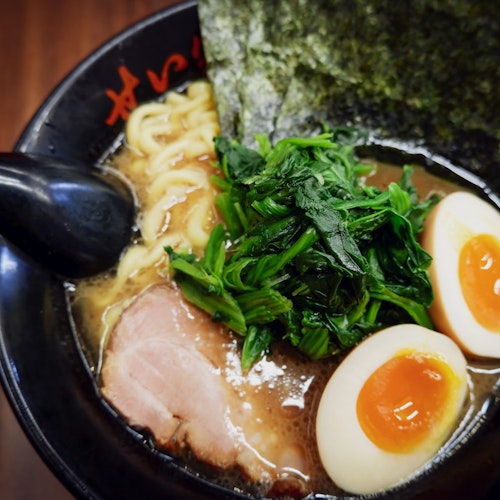
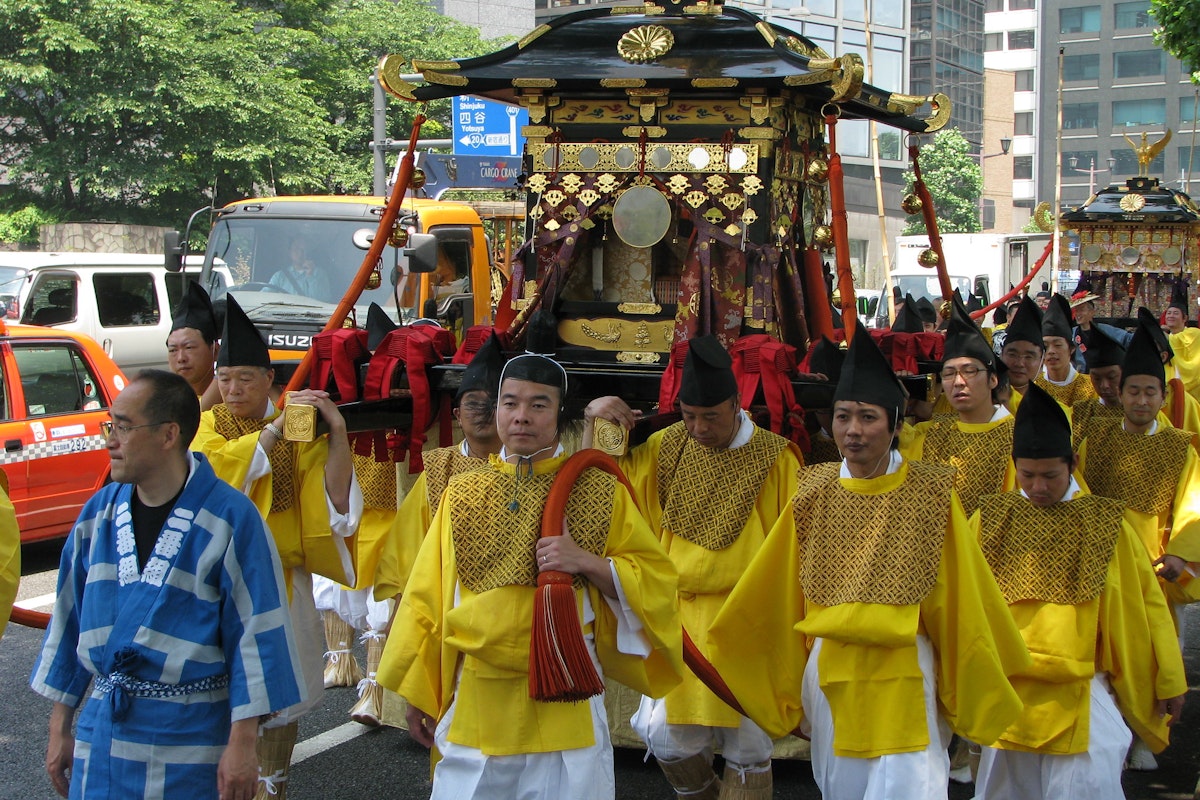
Japan's spring season is synonymous with the breathtaking beauty of cherry blossoms, cultural festivals, and traditional celebrations. With the arrival of warmer weather and delicate blossoms in full bloom, the country transforms into a vibrant spectacle of nature and culture.
Spring festivals, or “matsuri,” are deeply embedded in Japanese history, offering visitors and locals a chance to experience centuries-old traditions, enjoy delicious food, and immerse themselves in the lively atmosphere.
If you’re planning a trip during the Sakura season, here are the top 12 Japanese spring festivals you shouldn’t miss.
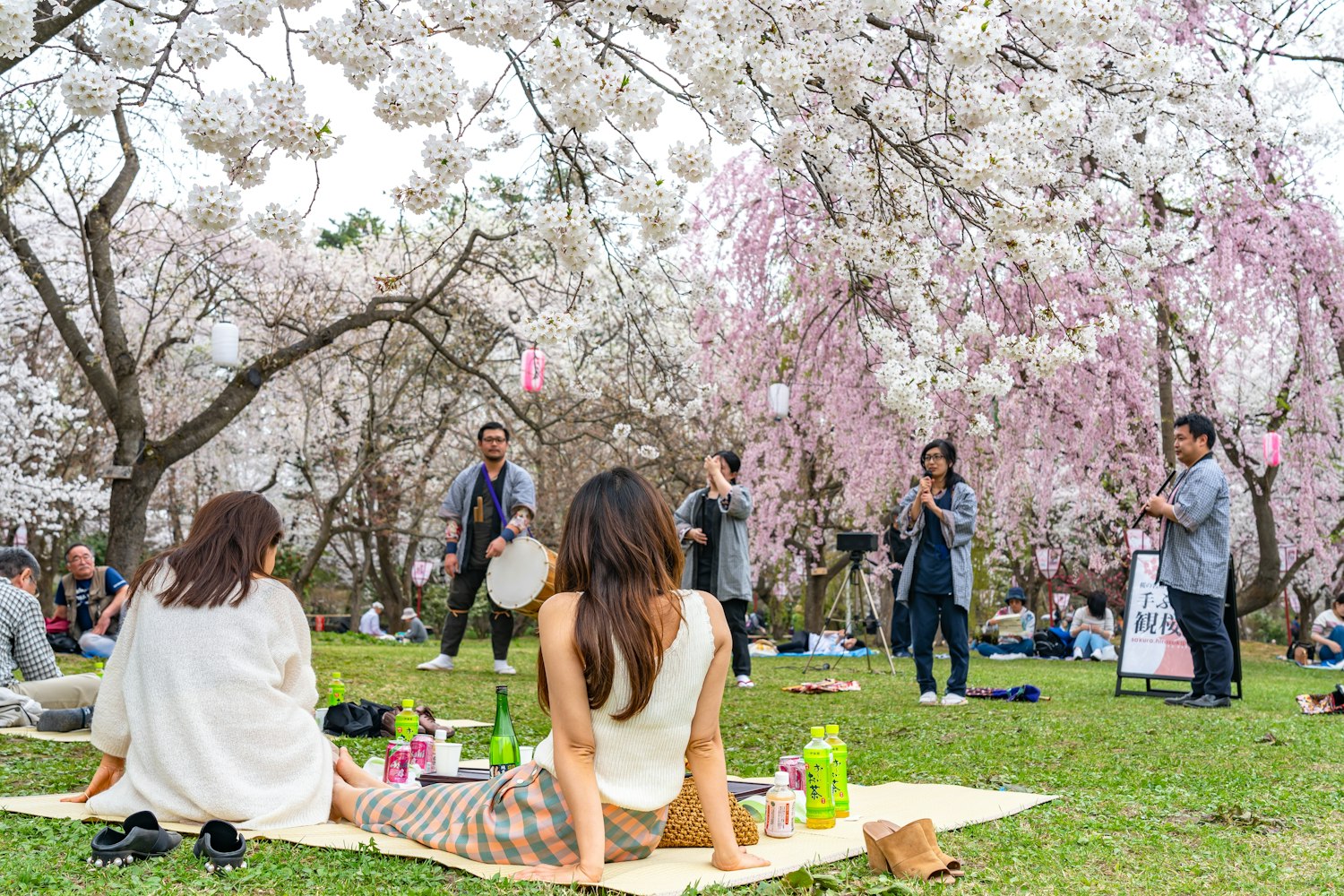
When: Late April to early May
Where: Hirosaki Park, Aomori Prefecture
Hirosaki Park is home to over 2,600 cherry trees, many of which are more than 100 years old, making it one of the best places in Japan to experience cherry blossom season. The park’s layout, which includes moats, ponds, and the iconic Hirosaki Castle, creates a perfect setting for hanami (flower viewing).
The festival dates back to 1918, and today, more than 2 million visitors attend each year to enjoy not only the blossoms but also the traditional festivities, which include taiko drum performances, tea ceremonies, and evening illuminations of the cherry trees.
This festival is particularly famous for the pink "sakura snow" that carpets the ground when the blossoms begin to fall—a magical sight that symbolizes the transient beauty of life.
When: Early April
Where: Beppu, Oita Prefecture
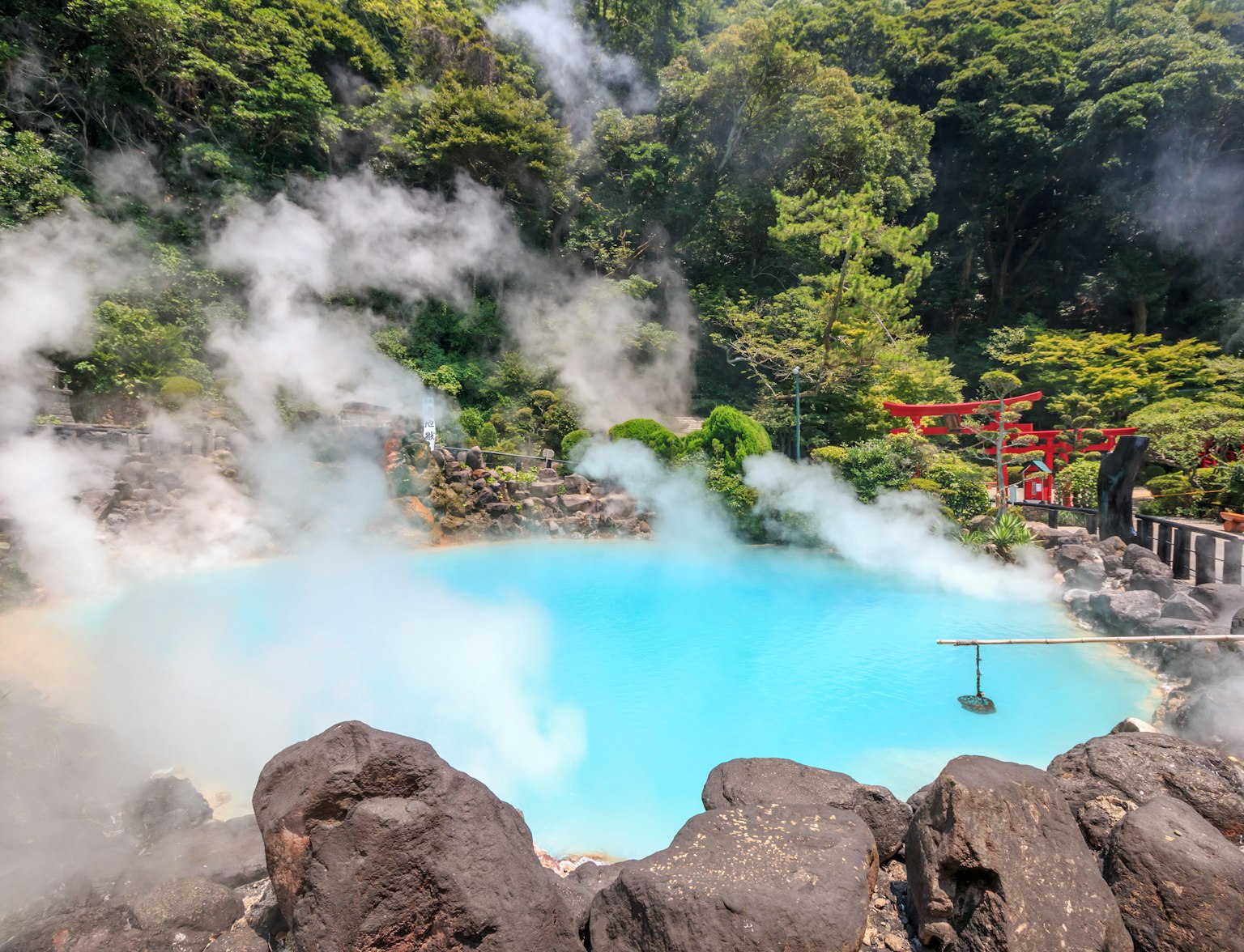
Experience the unique beauty and natural wonders of Beppu with a half-day tour.
Beppu is known as the “Onsen Capital of Japan,” with over 2,000 hot springs, the most of any region in Japan. The Beppu Hattou Onsen Matsuri is a celebration of this natural wonder.
During the festival, many of the city’s hot spring baths are open for free to the public, offering a rare opportunity to soak in the region’s famous healing waters at no cost.
The festival also features a traditional ritual where water from the hot springs is offered to the gods, showing the deep spiritual connection between the local people and the natural hot springs.
The event includes parades, fireworks, and a street market where visitors can sample local specialties such as “Jigoku-mushi” (foods cooked using the steam from the hot springs).
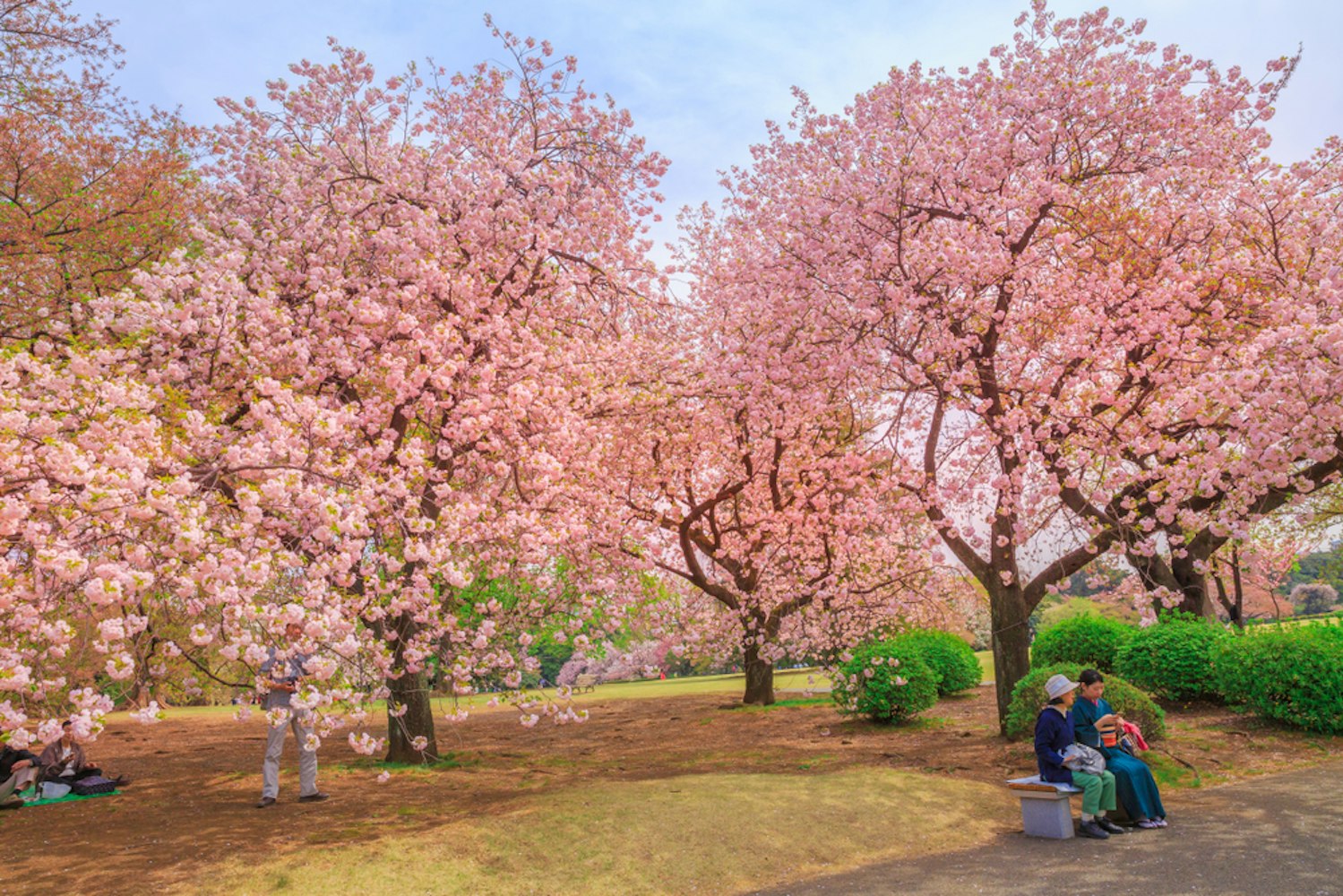
When: Early February to early March
Where: Kawazu Town, Shizuoka Prefecture
While most cherry blossoms bloom in late March or early April, the Kawazu variety of sakura blooms much earlier, drawing crowds to Kawazu Town in the Izu Peninsula.
Kawazu-zakura trees are known for their vibrant pink blossoms, and with over 8,000 trees lining the river, the sight is breathtaking. The festival, which attracts over 1 million visitors annually, offers food stalls, local crafts, and hot spring baths in the area, making it a full cultural and sensory experience.
Evening illuminations add a romantic element as the blossoms glow softly against the night sky. Kawazu is also home to one of the oldest continuously blooming sakura trees in Japan, believed to be over 60 years old.
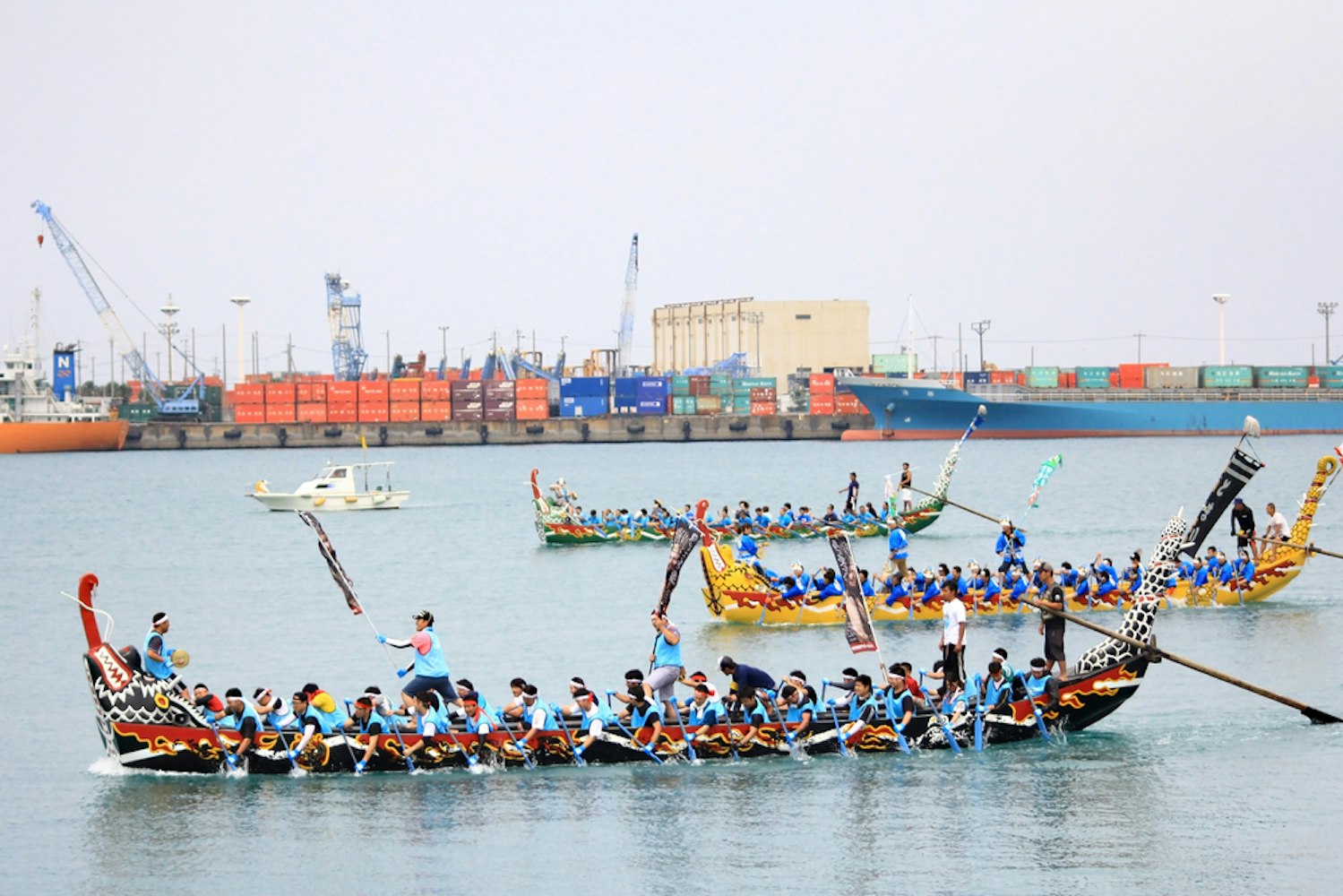
When: Early May
Where: Naha, Okinawa Prefecture
The Naha Hari Festival is a unique spring celebration held in Okinawa, reflecting the island’s deep maritime traditions. The festival’s central event is a series of dragon boat races, where teams paddle long, colorful boats known as “hari.”
These races have their origins in Chinese dragon boat festivals, brought to Okinawa centuries ago. The event is said to ensure a good harvest and safe journeys for fishermen.
Beyond the races, the festival features fireworks, music performances, and a large market offering local delicacies such as goya champuru (a stir-fry dish made with bitter melon) and sata andagi (Okinawan-style doughnuts).
Visitors can also experience traditional Okinawan music, played on the sanshin, a three-stringed instrument that is central to the island’s culture.
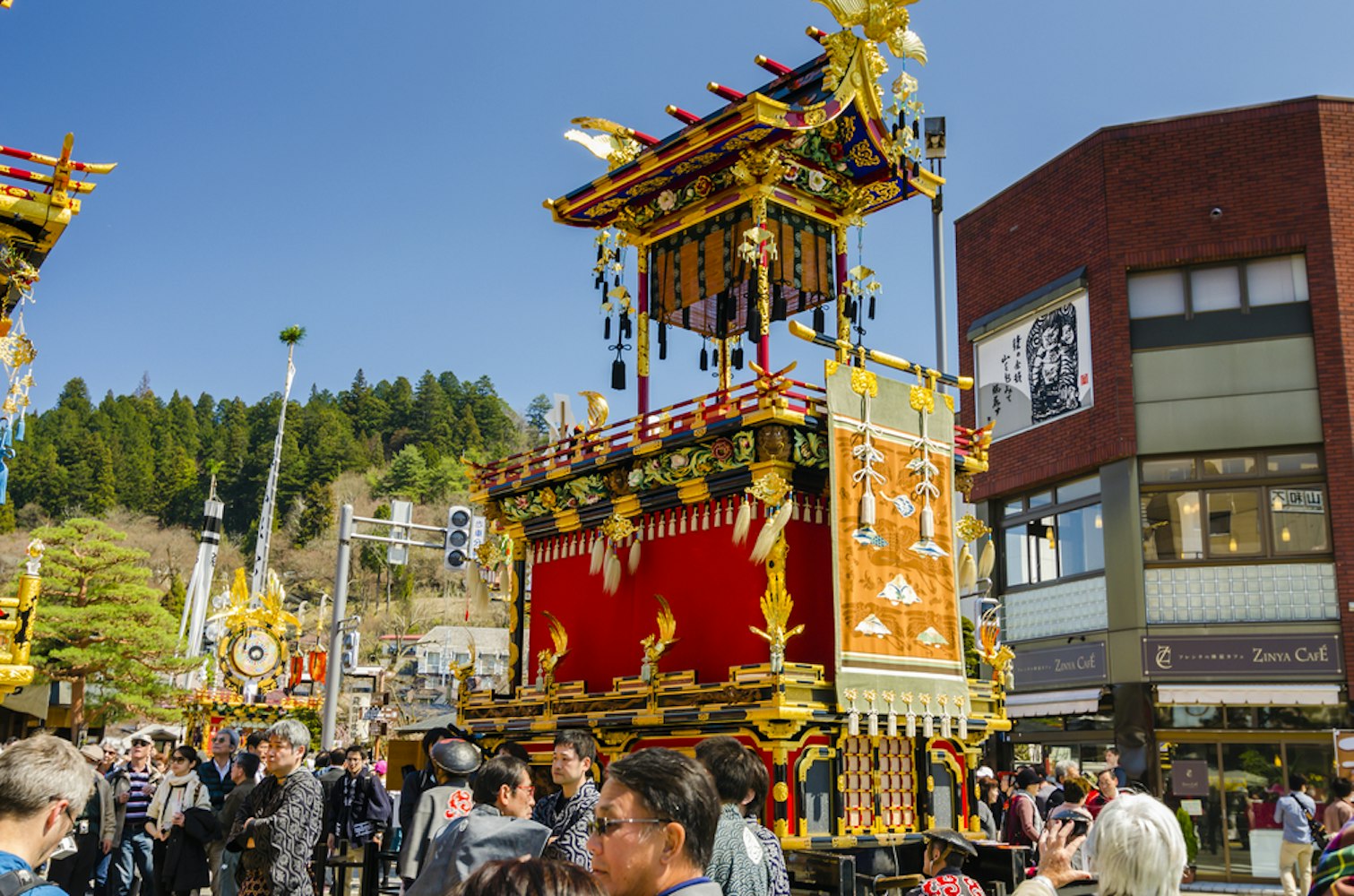
When: April 14-15
Where: Takayama, Gifu Prefecture
Takayama Spring Festival, one of the most revered festivals in Japan, dates back to the 16th century and is considered one of Japan’s top three most beautiful festivals.
The festival features 12 ornate yatai (floats), which are designated as cultural properties. Each float is a work of art, with intricate carvings and designs that reflect the high craftsmanship of the region.
The floats are paraded through the streets of Takayama’s beautifully preserved Edo-period town, giving visitors a glimpse into Japan’s historical grandeur.
The night procession, where the floats are illuminated by hundreds of lanterns, is particularly enchanting. In addition, mechanical puppets (karakuri) perform on the floats, depicting ancient legends and stories from Japanese history.
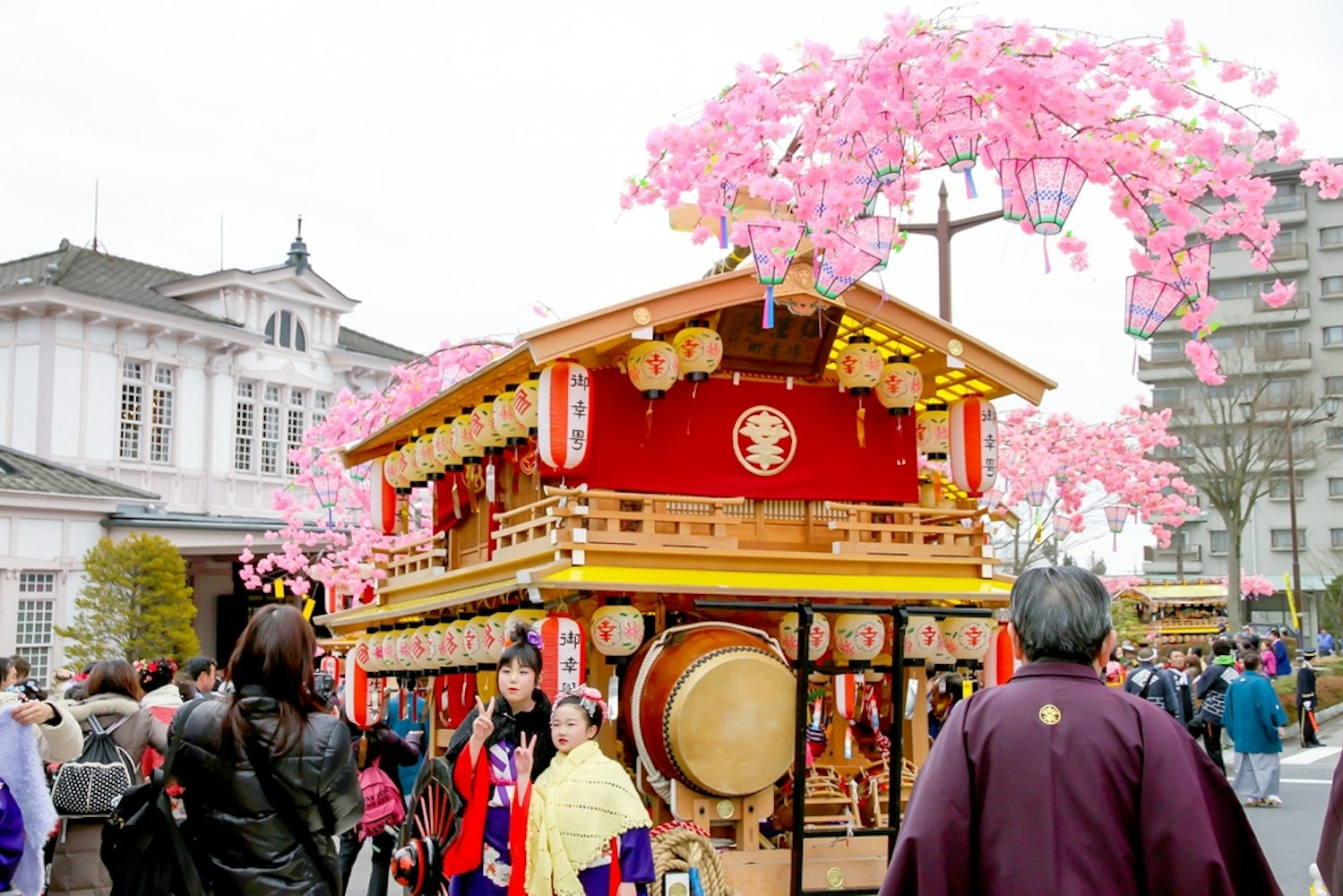
When: April 13-17
Where: Nikko, Tochigi Prefecture
The Yayoi Festival is held at the Futarasan Shrine in Nikko, a UNESCO World Heritage site, and marks the official start of spring. The festival is named after the traditional third month of the lunar calendar, Yayoi, which corresponds to March in the modern calendar.
During the festival, 11 beautifully decorated floats are carried through the streets in a grand parade. The shrine is closely linked to the Tokugawa Shogunate, and the festival has been celebrated for over 1,200 years.
The Yayoi Festival is also noted for its connection to Shinto practices, as it includes prayers for a good harvest and protection from natural disasters. Visitors can witness traditional rituals, performances, and, of course, the stunning scenery of cherry blossoms blooming around the shrine.
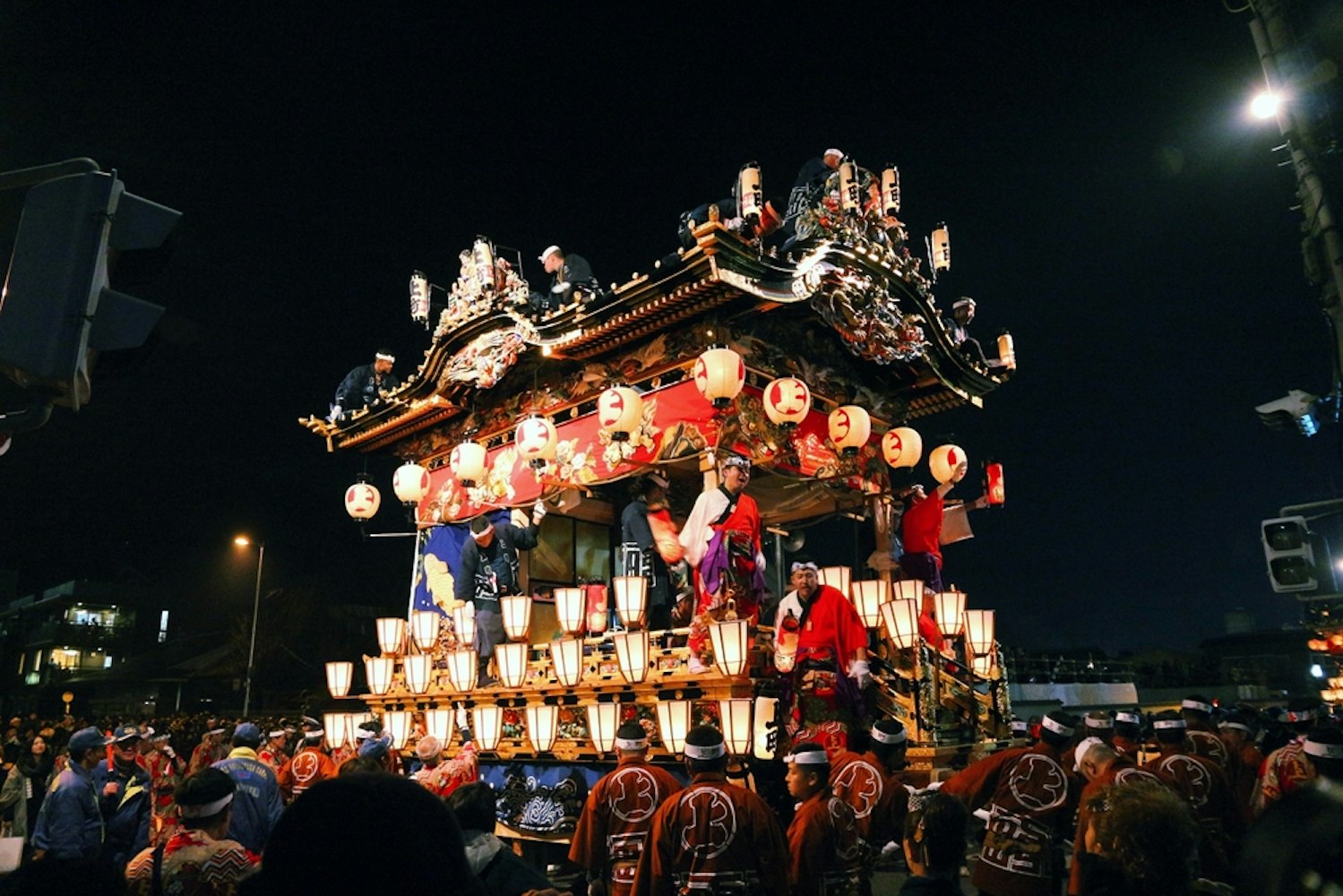
When: Early April
Where: Chichibu, Saitama Prefecture
Chichibu Night Festival, or Yomatsuri, is famous for its lavish float processions and fireworks displays, taking place over two days in early April. The festival dates back more than 300 years and is considered one of Japan’s top three float festivals, alongside Kyoto’s Gion Matsuri and the Takayama Matsuri.
Six massive floats, each weighing several tons, are pulled through the streets by teams of locals. At night, the floats are illuminated by lanterns and accompanied by traditional music.
Visitors can also enjoy the sight of cherry blossoms lit up by the festival lights. The food stalls offer a variety of Japanese street foods, including yakisoba, takoyaki, and warm sake, making it a perfect blend of visual spectacle and culinary delight.
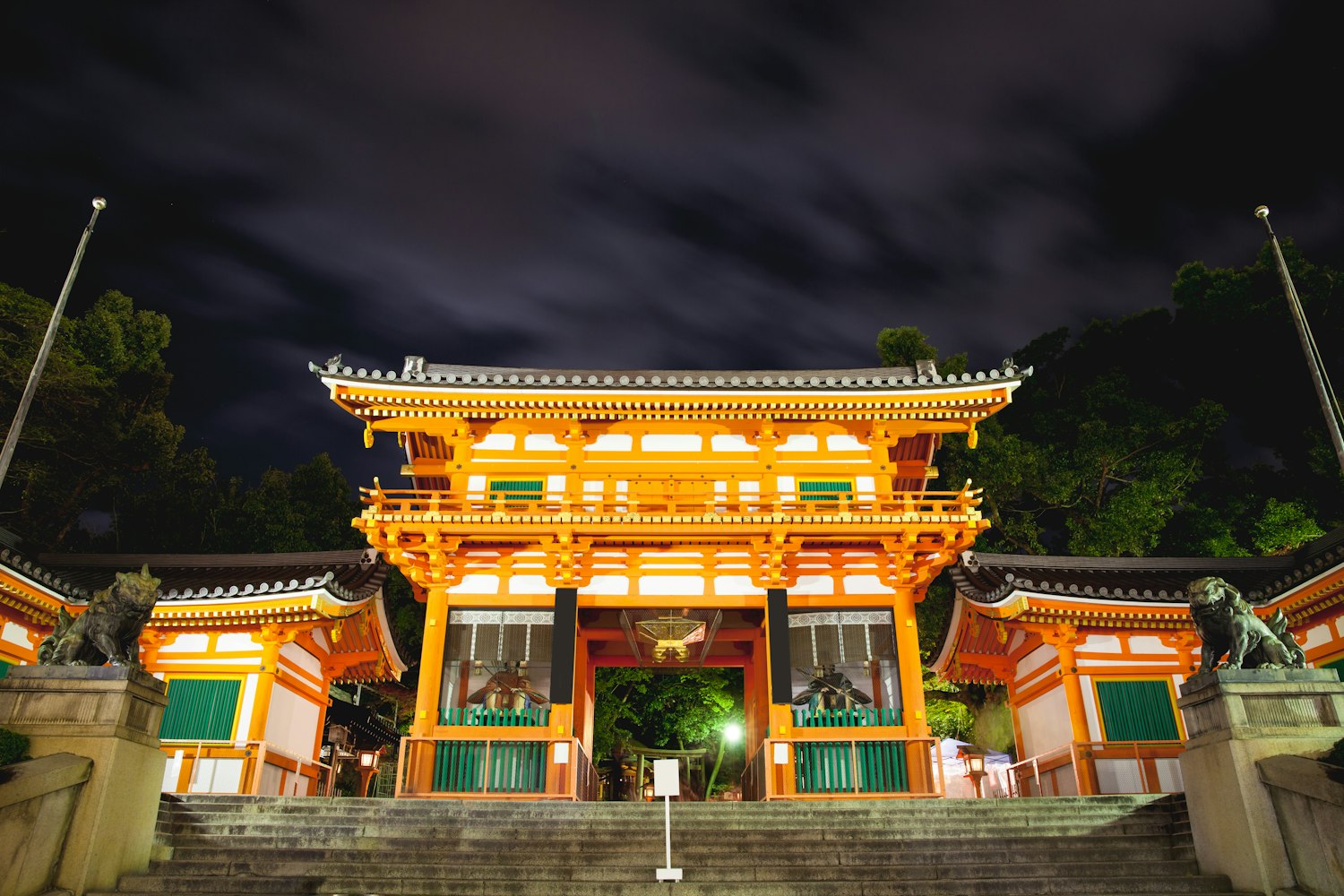
When: Late April
Where: Kyoto, Kyoto Prefecture
The Yasaka Shrine, located in the Gion district of Kyoto, hosts one of the oldest spring festivals in Japan. The shrine is dedicated to Susanoo, the god of storms and seas, and the festival is a way to pray for peace, prosperity, and protection from natural disasters.
Visitors to the shrine during the festival can witness the traditional Gion Odori, a dance performed by maiko (apprentice geisha) and geiko (geisha).
The area around Yasaka Shrine is also a prime spot for cherry blossom viewing, particularly at Maruyama Park, which is located next to the shrine. With its blend of nature, spirituality, and cultural performances, this festival offers a quintessential Kyoto experience.
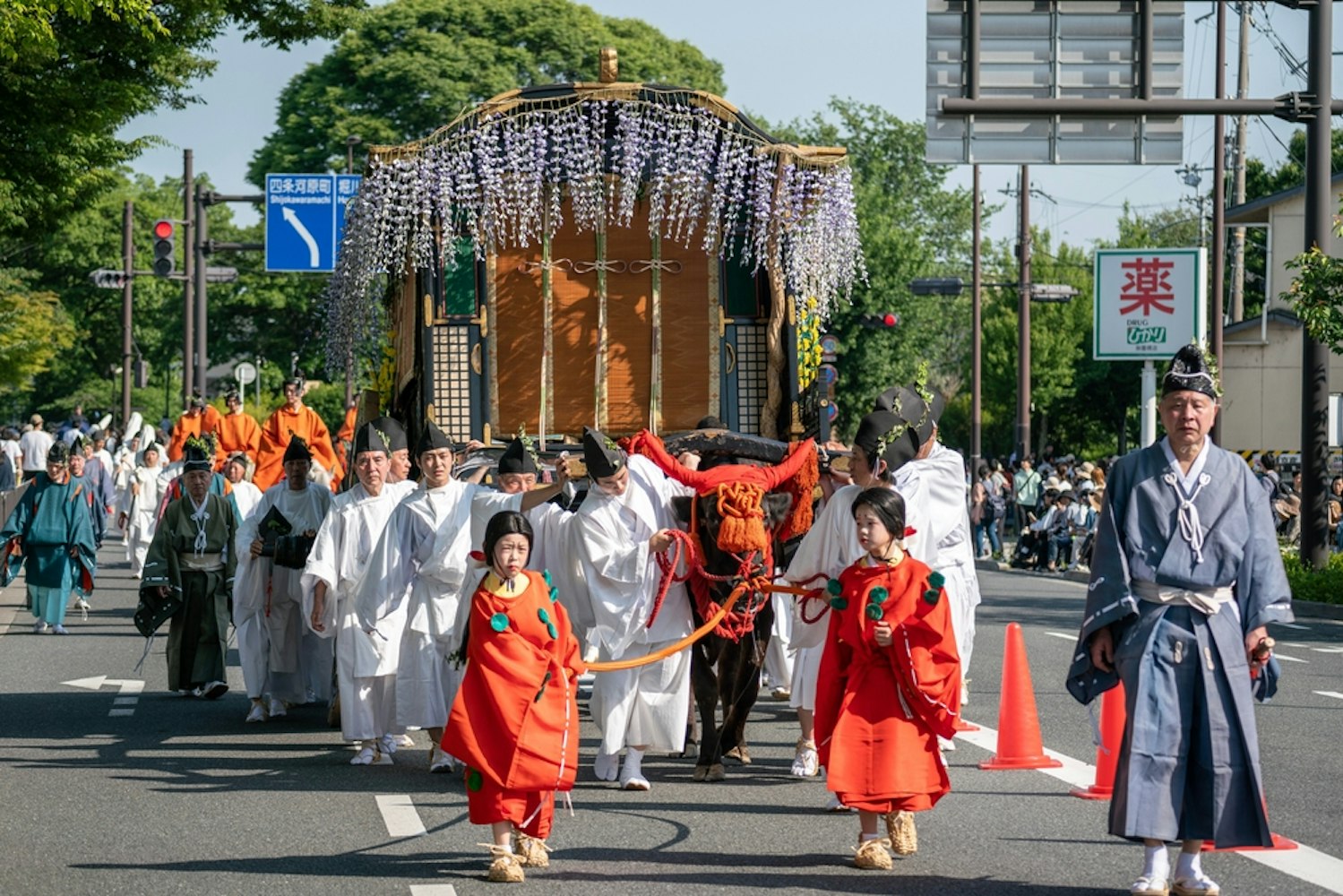
When: Mid-May
Where: Kyoto, Kyoto Prefecture
Aoi Matsuri is one of Kyoto’s three most important festivals, along with Gion Matsuri and Jidai Matsuri. The festival dates back over 1,400 years and is held at two of Kyoto’s most important shrines—Shimogamo Shrine and Kamigamo Shrine.
The highlight of Aoi Matsuri is a grand procession, where participants dressed in Heian-period court attire parade through the city, bringing offerings to the shrines.
The festival gets its name from the aoi (hollyhock) leaves that are used to decorate everything from the costumes to the floats. The festival has its roots in ancient rites to appease the gods of nature, asking for protection from floods and natural disasters.
When: April 1-30
Where: Gion Kobu Kaburenjo Theater, Kyoto
Miyako Odori is an annual dance performance in Kyoto’s Gion district, known for its rich geisha culture. The performance, which has been held since 1872, is a celebration of Kyoto’s artistic traditions and is performed by the city’s geiko and maiko.
The Miyako Odori is especially significant during spring, as the dances often reflect the themes of renewal and the beauty of the Sakura season.
Each performance is accompanied by live traditional music played on instruments such as the shamisen (a three-stringed lute) and the koto (a Japanese harp). For those interested in the refined elegance of Japan’s geisha culture, this event offers an unforgettable experience.
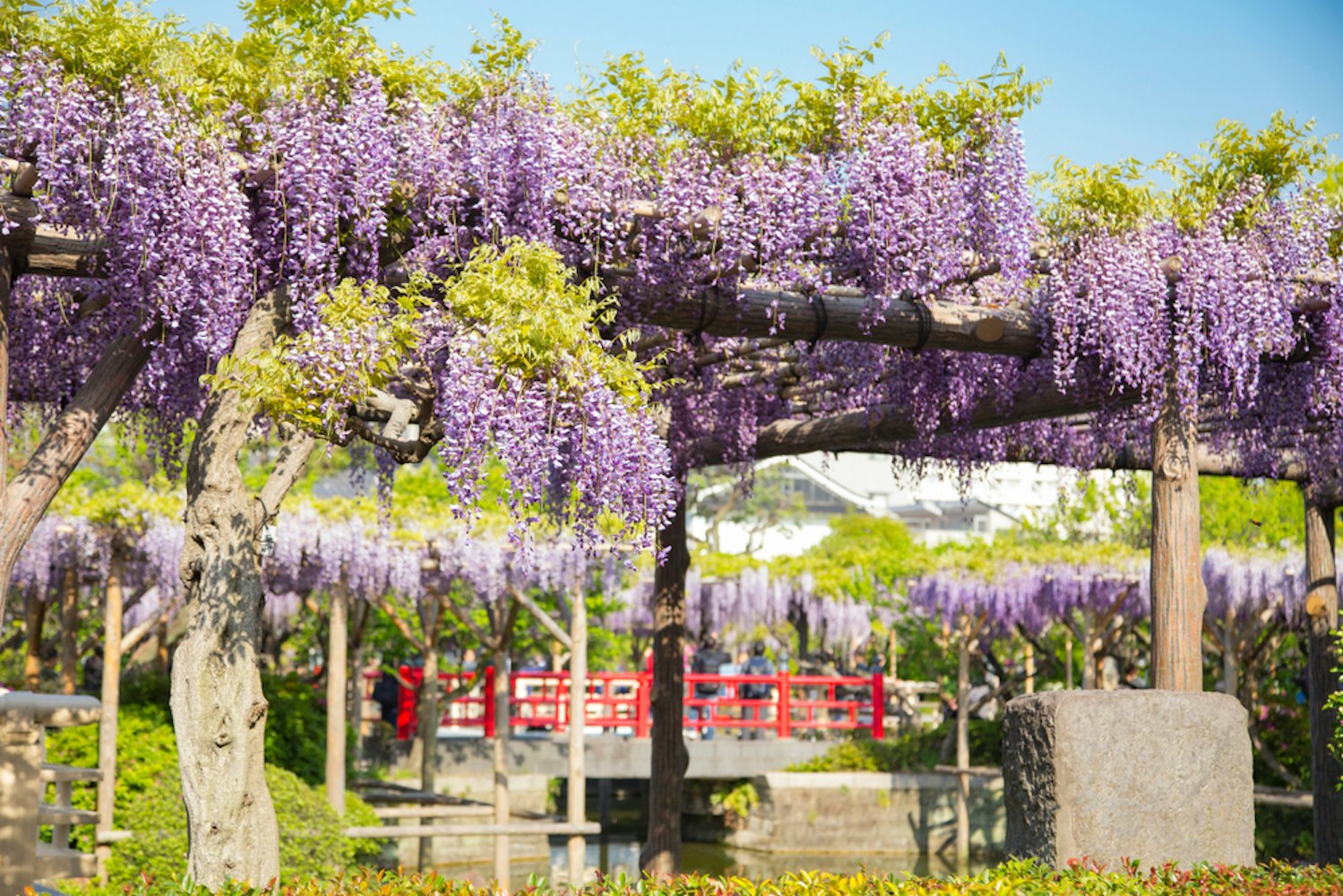
When: Late April to early May
Where: Kameido Tenjin Shrine, Tokyo
While cherry blossoms get most of the attention, Japan’s wisteria (fuji) flowers offer a stunning display of purple blooms in late spring. The Kameido Tenjin Shrine Wisteria Festival celebrates the blooming of these elegant flowers, which drape over the shrine’s trellises and reflect in its tranquil ponds.
Kameido Tenjin Shrine, located in eastern Tokyo, is also a popular place to pray for academic success, as the shrine is dedicated to Sugawara no Michizane, the deity of learning.
During the festival, the serene atmosphere is complemented by traditional music performances and food stalls, offering visitors a peaceful yet culturally enriching experience.
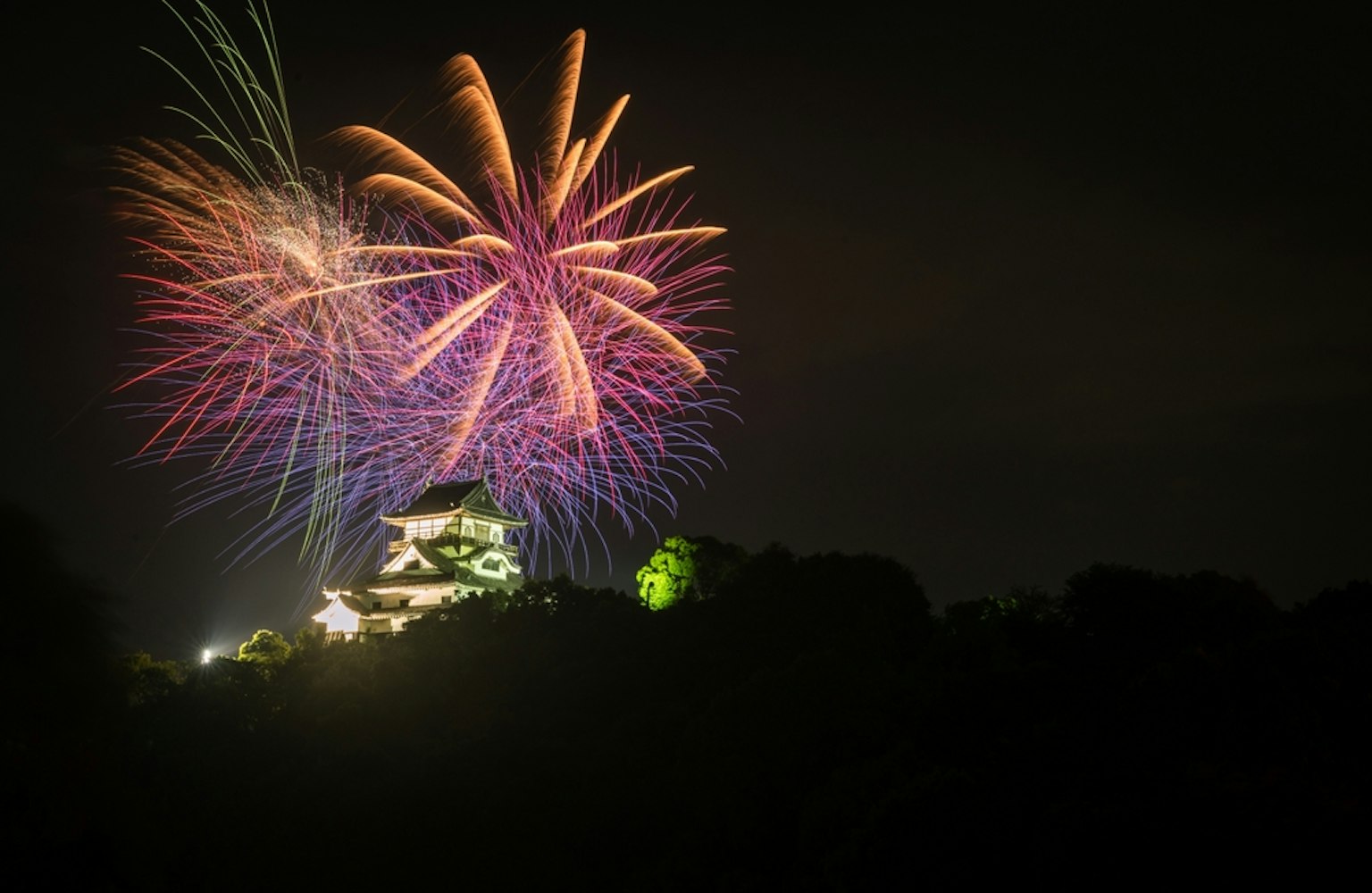
When: Early April
Where: Inuyama, Aichi Prefecture
The Inuyama Festival is a spring event held in the historic castle town of Inuyama, home to one of Japan’s oldest surviving castles. The festival is famous for its grand parade of 13 tall, elaborately decorated floats, each equipped with mechanical puppets (karakuri).
The floats are lit up at night with hundreds of paper lanterns, creating a captivating scene against the backdrop of Inuyama Castle. The origins of the festival date back to 1635, and it continues to be a vibrant celebration of the town’s history and culture.
The event also includes traditional performances and food stalls, making it a must-see for those interested in Japan’s local traditions and heritage.
Japan’s spring festivals provide a unique opportunity to engage with the country’s culture and history. To fully enjoy these events, it’s essential to align your travel plans with the timing of the festivals, as blooming periods vary across regions.
Beyond the visual beauty, festivals like the Takayama Spring Festival or the Naha Hari Festival offer deep cultural insights, from historical parades to maritime traditions. By focusing on the distinct character of each festival, you can gain a more profound understanding of Japan’s rich cultural landscape while avoiding the usual tourist paths.


